
Global threats now throw shadows onto tomorrow, with nations struggling to keep up with climate change, glorified warfare, and the realities of resource scarcity. Egypt in particular has not only inherited global traumas—such as a lack of water security, food shortages, and inflation—but continues to grapple with homegrown concerns of instability and terrorism.
On Saturday, 16 July, Egyptian President Abdel Fattah Al-Sisi addressed the Jeddah Security and Development Summit with an elaborate, five-tier strategy-oriented approach to reinstating “sustainable and comprehensive stability” in the Middle East and North Africa (MENA).
The five axes are a function of long-term goals, featured consistently in pan-Arab dialogues, while others are more time-sensitive and imminently relevant such as COP27.
Here is a breakdown of the Al-Sisi cabinet’s ideal vision for a more secure, regionally stabilized MENA.
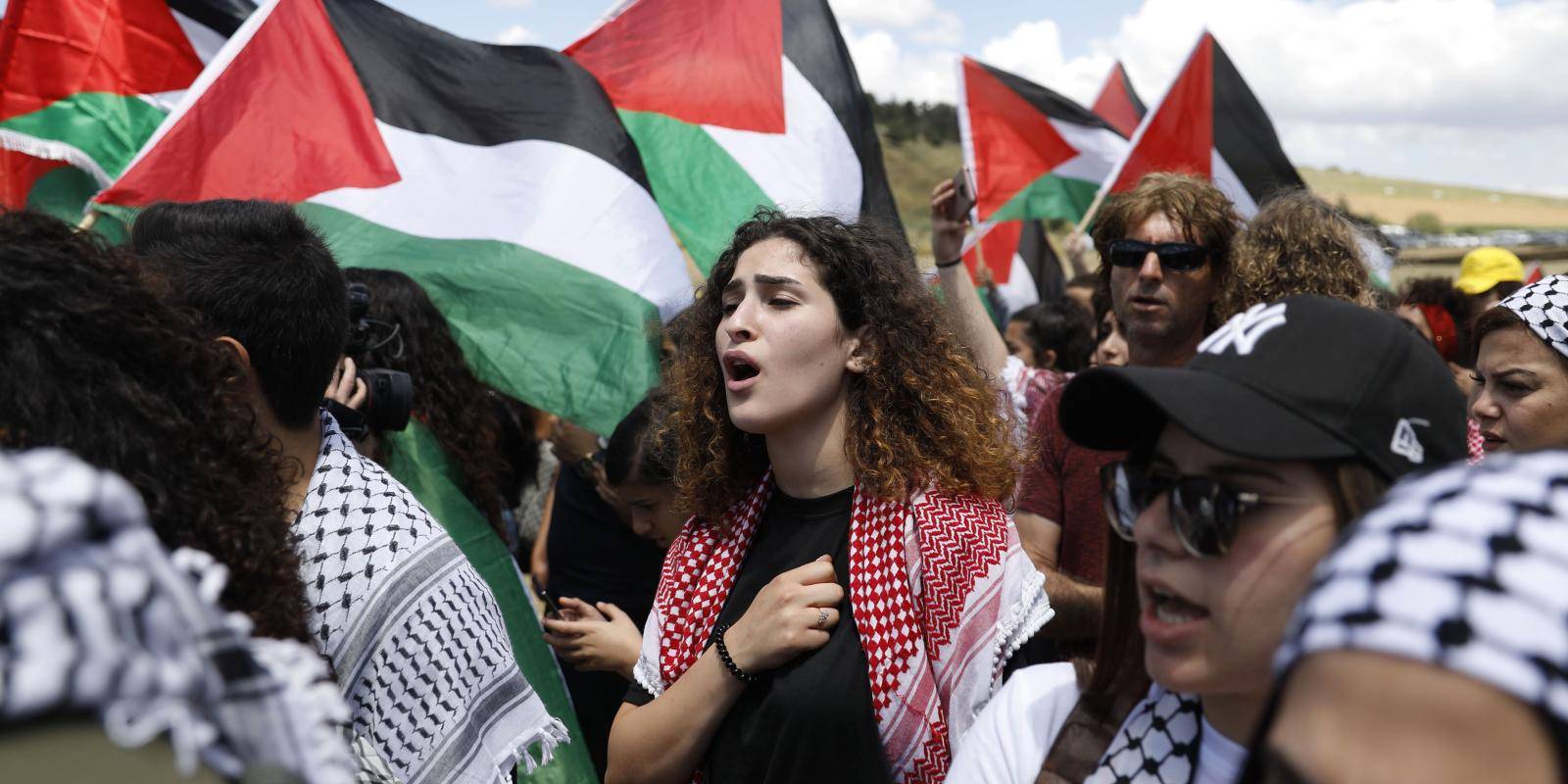
Axis I: Palestine and a Two-State Solution
For decades, the Palestinean cause has been a corner of discord and regional tension in the Middle East and North Africa, with parties oscillating between sides, agendas fluctuating, and an unending influx of international intervention. Between the wars waged in the name of Palestine, mobilized by Egyptian visionary and polarizing figure Gamal Abdel Nasser, to more modern dialogues of ethics and humanitarian justice.
The first axis introduced by Al-Sisi affirms the necessity of a two-state solution between Palestine and Israel, one that is fair, comprehensive, and final. He defined this as the “top issue” for the Arab world, one that has remained so for decades.
“Our joint efforts to resolve the region’s crises, whether those that occurred during the past decade or those extending since before that,” stated Al-Sisi, “can only be a success by reaching a just, comprehensive, and ultimate settlement of the top Arab issue.”
As part of his proposal, Al-Sisi called for an independent Palestinian state based on borders drawn on 4 June 1967, with East Jerusalem as its capital; this is to ensure the legitimacy of the Palestinian state, as well as guarantee a peaceful, side-by-side existence with Israel. Ideally, this would reinforce the security of both peoples, and put an end to “exclusionary policies,” explained Al-Sisi.

Axis II: Democracy and Human Rights
Al-Sisi’s second axis is a function of multiple elements: democracy, citizenship, equality, human rights, and the renouncement of fundamentalist ideologies while maintaining national interests. In order to ensure the maintenance of these elements, a reexamination of Egypt’s state institutions is paramount. Additionally, this includes a reexamination of how regional political actors deal with crises at a macro level.
“This is the only guarantor of maintaining stability in a comprehensive sense, protecting the peoples’ resources, and preventing them from being seized or misused,” Al-Sisi explained.
Al-Sisi goes on to describe the ways in which this would be implemented, including moves to empower women, enhance the role of civil contribution, and moderate religious institutions to ensure the preaching of temperance and tolerance among all Egyptians.
Most vital, as underscored by Al-Sisi, is encouraging youth participation in political, economic, and social spheres. According to the president, this will serve as a means to achieve sustainable development, boost investment, and ensure social reform from here on out. A recent manifestation of this was the national dialogue, hosted on 4 July, 2022 by Al-Sisi in an attempt to bolster political conversation. The dialogue was a platform for varied political actors, including young, up-in-coming political names, to voice their imminent concerns and their visions for a politically-vibrant Egypt.
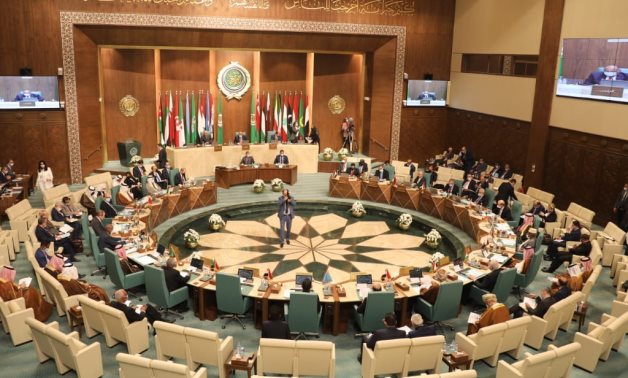
Axis III: Fraternity and Arab National Security
More self-explanatory is Al-Sisi’s third axis: the Arab world should operate as an “indivisible” unit that stresses cooperation and region-wide consensus. This is the basis for a future framework that would ensure the Arab world is equipped to face regional threats. Additionally, Al-Sisi emphasizes that Arab states should be working hand-in-hand with international institutions such as the United Nations (UN) to govern relations globally, and with their non-Arab neighbors.
Al-Sisi insisted that “respect for the sovereignty of states, non-interference in their internal affairs, besides fraternity and equality are the governor of the inter-Arab relations.”
Be it conflicts with Turkey and Iran, or more infamous discourses such as that of Israel and Palestine, this approach sets a precedent for tolerance and peaceful negotiation rather than impulsive action. While not yet in place, it promises a more sustainable approach to international relations for Arab states if implemented.

Axis IV: Counterterrorism
An age-old issue faced by the Arab world is that of terrorism in all forms: fundamentalist, ethnically motivated, and causeless. Al-Sisi’s fourth axis tackles terrorism, which he defines as a central challenge for Arab countries over the past several decades—an issue exacerbated, claimed the president, by the aid of foreign powers.
Al-Sisi was quick to caution that terrorism in the MENA region is often sponsored by foreign states in order to “serve their destructive agenda […] achieve political and fiscal gain, obstruct the implementation of national settlements and reconciliations, and prevent the enforcement of people’s will in some countries.”
This has, according to the president, facilitated cross-border operations for hostile terrorist groups. Al-Sisi called on unnamed foreign powers to “rethink their false estimations” and unequivocally understand that Egypt will spare “no compromise in protecting our national security and the associated red lines.”
In addition to his extrapolations, the president underscores Egypt’s “commitment to counter all forms and manifestations of terrorism and extremist thought with the aim of eliminating its organizations and armed militias spreading across many areas of our Arab world.”
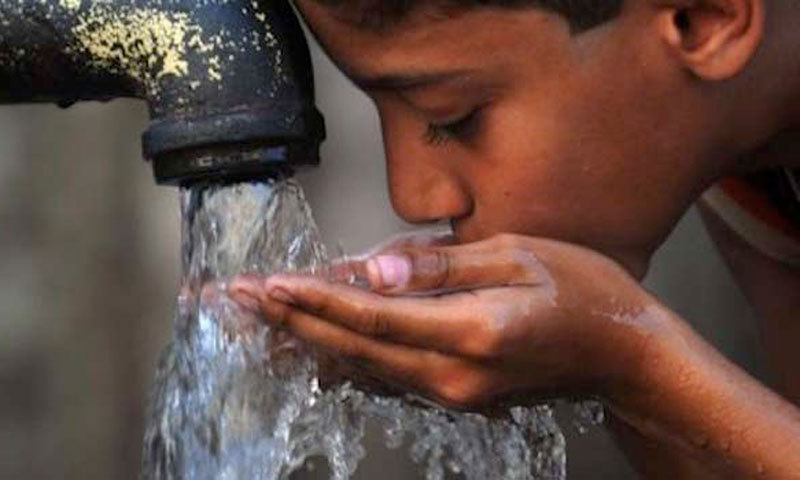
Axis V: Global Crises
Al-Sisi’s final axis is associated with the onset of mounting international crises including water scarcity, food shortages, climate change, and energy concerns. This axis aims to enhance global solidarity when facing macro crises; this includes international cooperation not only when facing the collateral of these crises but also in securing aid for the recovery of impacted countries.
Al-Sisi also called for “boosting investments to develop infrastructure in various fields in a way that contributes to localizing various industries, transferring technology and providing goods.”
The lack of water and food security—or rather, the “absolute” loss of either—is a catastrophic possibility for a population of over 103 million people. While the world as a whole continues to fight for its own survival, it is vital to reexamine the parameters of regional stability, and resource management by extension. Between fights over water in the Nile Basin, to Egypt’s unwavering inflation, the need to adapt these strategies becomes more and more pertinent to the moment.
While the Al-Sisi cabinet has garnered both support and detraction, the points delineated at the Jeddah summit are an overarching representation of what motions should be made in order to manage or mitigate the onset of crisis.
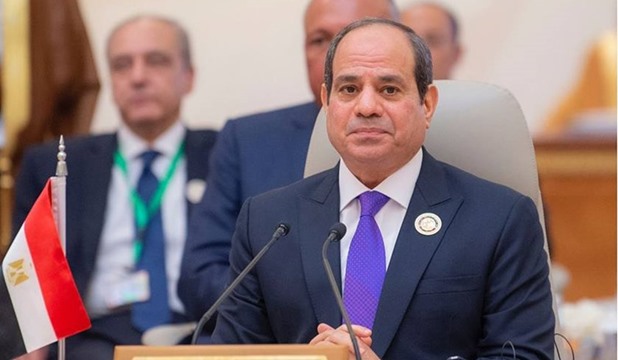



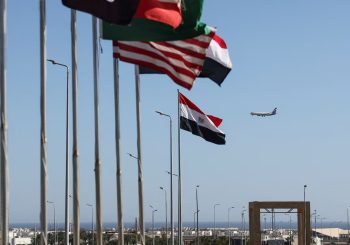
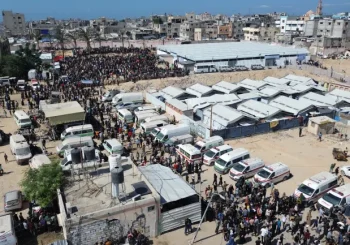
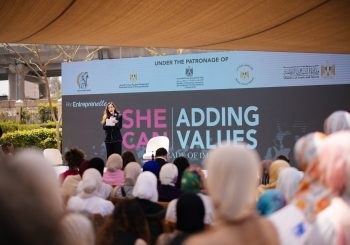
Comment (1)
[…] عندما تلوح الأزمة: نهج مصر للأمن الإقليمي في الشرق الأو… […]